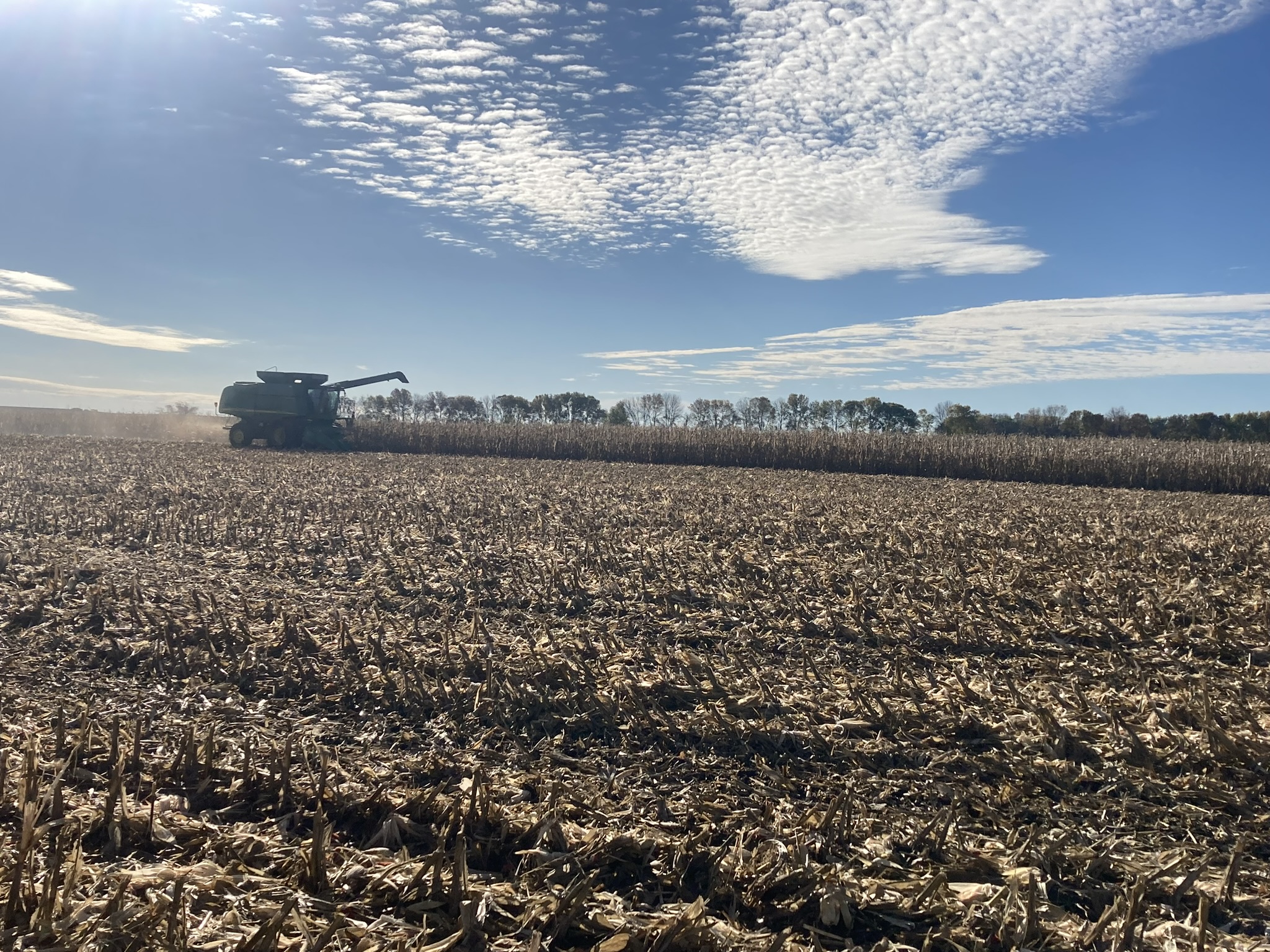THE ROAD TO CORN PLANTING SUCCESS STARTS IN THE FALL
Key points
- Fall fieldwork can ease stress and lay the groundwork for success in 2025.
- Soil testing is one of the most impactful things farmers can do to prepare.
- Planning and strategic hybrid choices take center stage in the winter.
Getting a jump-start on the next corn planting season with fall fieldwork makes every farmer breathe a little easier. That’s especially true for farmers in the Upper Midwest where the length of the growing season tends to be shorter.
“Getting a head start on the next corn planting season makes a huge difference here, especially in years like this past season when we had a lot of wet soils in the spring,” says AgriGold Agronomist Jacob Gehrls. His territory includes the Dakotas and Minnesota. “Getting some of those tasks done in the fall eases tensions, especially in our far northern climates where we never know what spring will bring.”
Soil testing tops the list of post-harvest priorities
If farmers do nothing else in the fall, Gehrls urges them to have a soil testing plan in place. “I believe it’s THE most important thing farmers can do with their fields,” he says.
“Fertility is a major player when it comes to a field’s yield potential,” Gehrls continues. “Having a baseline understanding of its fertility gives farmers a better idea of how much they need to add to reach corn yield targets.”
On the other hand, the potential losses a farmer might face by not fertilizing a field properly could far outweigh the cost of the soil test. The return on investment is certainly there, according to Gehrls.
Some farmers prefer to test soil in the spring. “The most important thing is being consistent. If you have always tested soil in the spring, keep doing it in the spring,” Gehrls says. He recommends soil testing on an annual basis.
Gehrls encourages farmers to reach out to local agronomists they trust for reading and applying soil test results. Guidelines from in-state universities are another great resource. The recommendations soil testing companies provide are also helpful, according to Gehrls.
Review yield maps
During that post-harvest period, Gehrls says farmers should prioritize actions that will benefit fields the most next season. Yield maps can help them troubleshoot and improve.

“Pay attention to yield maps and areas that have been pinch points,” Gehrls says. “Figuring out what the issue is on those areas, whether that’s fertility or compacted soils or something else, helps you correct them.” Identifying differences in areas with high yields versus low also helps farmers improve crop prospects across their acres.
Consider soil amendments
Fall is also a good time for soil amendments, like remedying low soil pH levels in fields if necessary. “Just make sure you use high-quality lime to balance pH levels,” Gehrls advises.
This crop season especially, some farmers are facing compaction layers. “With the wetness that we’ve had and the number of spread applications that have gone on fields that were a little bit wetter than they should have been, there's potential for extra compaction,” Gehrls explains. He encourages farmers to be aware of those issues and not make unnecessary passes through the field.
Winter is for planning
“The winter is about planning for the upcoming corn planting season, picking the right hybrids for your acres and selecting the best fertility options for your fields,” Gehrls says. That plan needs to be in place before farmers return to the field.
Crop plans should include what hybrids will go on each acre. “Each growing season varies, which is why it’s important to have multiple hybrids with diverse genetics on the farm,” he says.
“The goal is to put multiple Field GX™ families on your fields, tailoring placement to those acres,” Gehrls says. That diverse mix of genetics helps spread risk for the wide assortment of weather challenges that could play out.
For help making the best hybrid choices for your acres, reach out to your local AgriGold agronomist or district sales manager.



